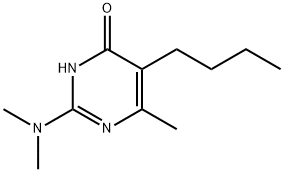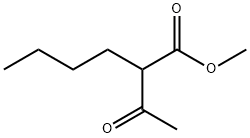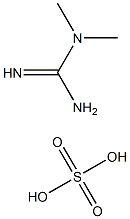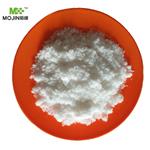Uses
Dimethrimolis a fungicide used initially to prevent powdery mildew and other fungal infections or crops. Pesticide.
Uses
Dimethirimol is a systemic fungicide that provides both protective
and curative control of powdery mildew (Sphaeratheca fulginea)
in cucurbits. Other uses include tobacco, tomatoes and ornamentals.
Definition
ChEBI: A member of the class of aminopyrimidines that is 2-dimethylaminopyrimidine carrying methyl, butyl and hydroxy substituents at posiitons 4, 5 and 6 respectively. A fungicide first marketed in 1970, and used particularly in glasshouses to control powdery mi
dew, it is no longer approved for use within the European Union.
Metabolic pathway
Information presented in this summary is abstracted from unpublished
data in the 1971 ICI dimethirimol petition submitted to the Canadian
authority. Dimethirimol is rapidly metabolised in both plants and
animals. Primary metabolic reactions in soils, plants and animals are
N-dealkylation, hydroxylation of the butyl group and the direct conjugation
of dimethirimol in plants (glucosides) and animals (glucuronides).
Metabolic pathways are shown in Scheme 1.
Degradation
Dimethirimol (1) is stable to heat and in acid and alkahe solutions. It is
decomposed rather rapidly in aqueous solution when exposed to sunlight
with an observed DT
50 of 7 days.





